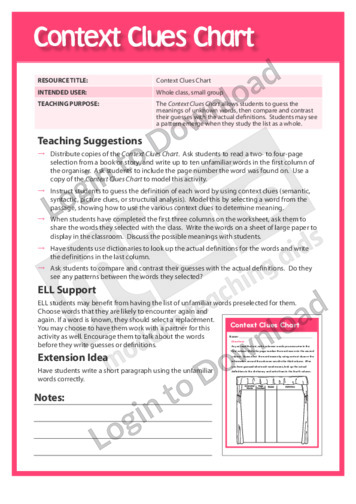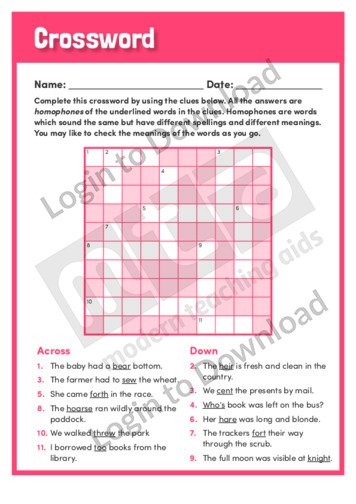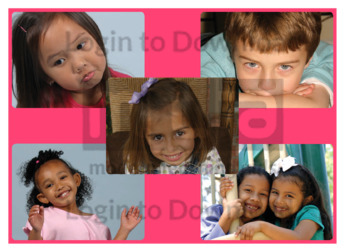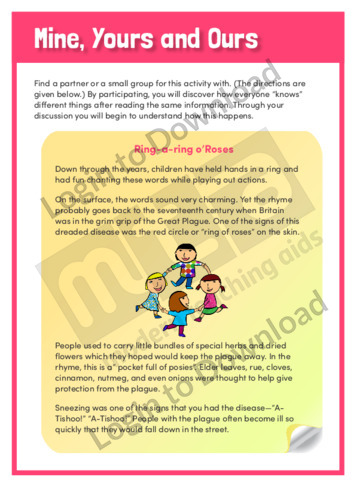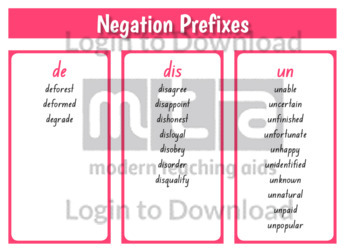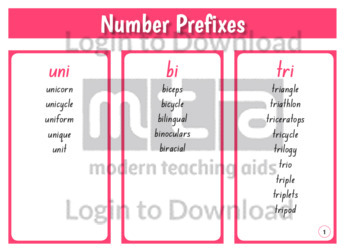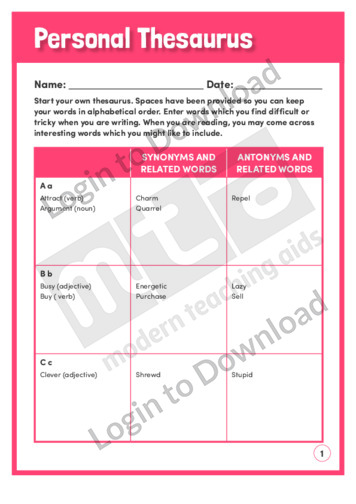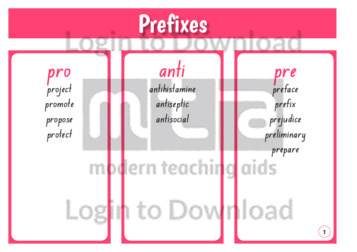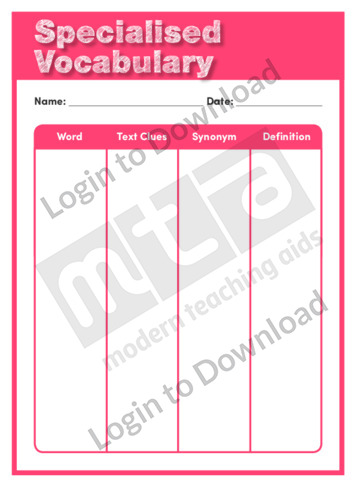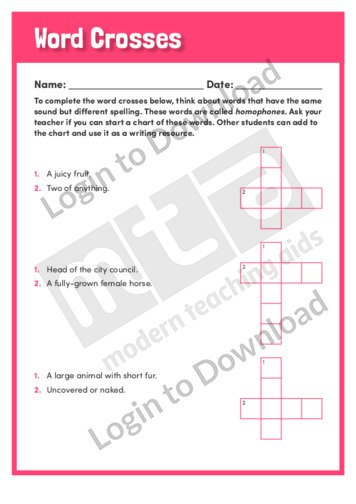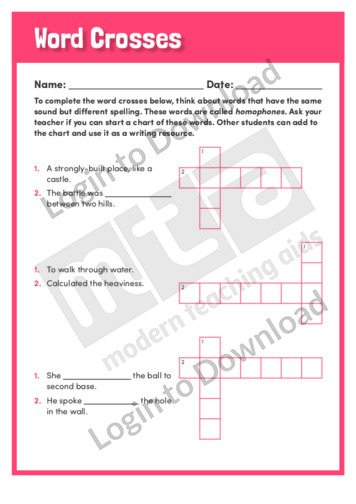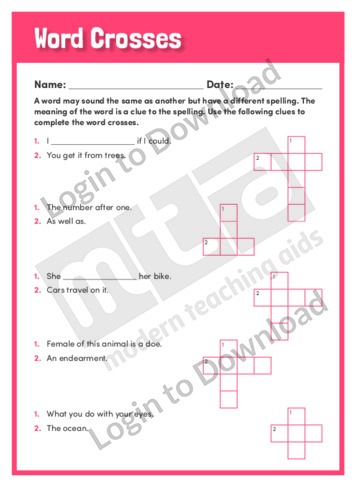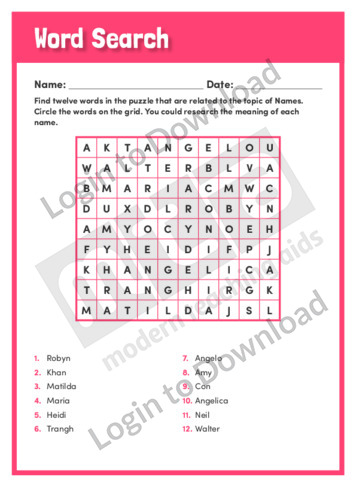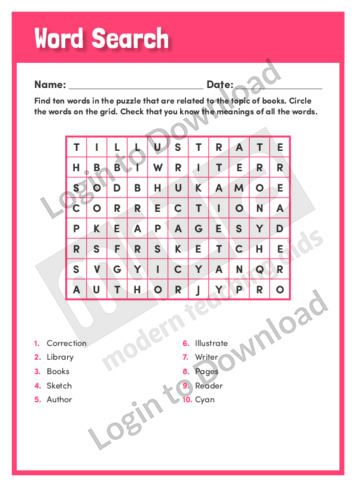This graphic organiser, ‘Context Clues Chart’ allows students to guess the meanings of unknown words, then compare and contrast their guesses with the actual definitions.
In this worksheet, ‘Crossword’ students use homophones to solve the clues.
This spelling patterns word list, ‘Direction Prefixes’ introduces students to high-frequency words with prefixes that denote directionality. It includes some of the most commonly occurring examples of direction prefixes that children are likely to encounter in early reading exercises and is designed to aid language development.
This oral language photo activity ‘Happy, Sad’, enhances vocabulary and concept development by providing a thought-provoking visual stimulus that can be used as a prompt to engage students in discussion. Each photo is complete with an accompanying lesson plan featuring tips and activities to develop oral language and vocabulary further.
This quick reference guide, ‘Mine, Yours and Ours’ provides students with the opportunity to explore the different ways we understand a text.
This spelling patterns word list, ‘Negation Prefixes’ features common prefixes used to negate or to indicate the opposite of a word. It includes some of the most frequently occurring examples of negation prefixes that children are likely to encounter in early reading exercises and is designed to aid language development.
This spelling patterns word list, ‘Number Prefixes’ introduces students to common prefixes that indicate quantity or form. It includes some of the most frequently occurring examples that children are likely to encounter in early reading exercises and is designed to aid language development.
This worksheet, ‘Personal Thesaurus’ provides students with a template to use as they create a personal word list.
This spelling patterns word list, ‘Prefixes’ introduces students to common prefixes. It includes some of the most frequently occurring examples of words with prefixes that children are likely to encounter in early reading exercises and is designed to aid language development.
This graphic organiser, ‘Specialised Vocabulary’ supports the teaching of vocabulary and comprehension by asking students to identify text clues and synonyms as they explore specialised vocabulary.
In this worksheet, ‘Word Crosses’ students find homophones to solve clues.
In this worksheet, ‘Word Crosses’ students find homophones to solve clues.
In this worksheet, ‘Word Crosses’ students find homophones to solve clues.
In this worksheet, Word Search’ students find words related to names.
In this worksheet, ‘Word Search students find words related to books.
It�s that easy!

